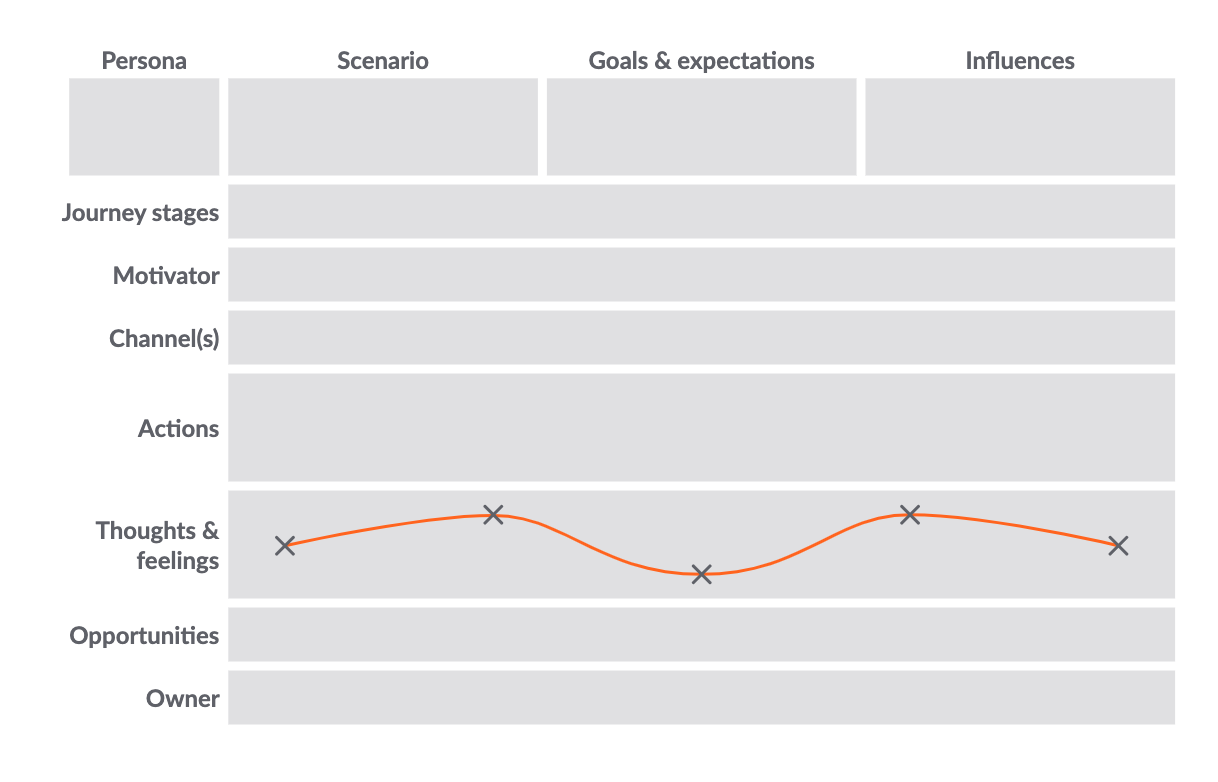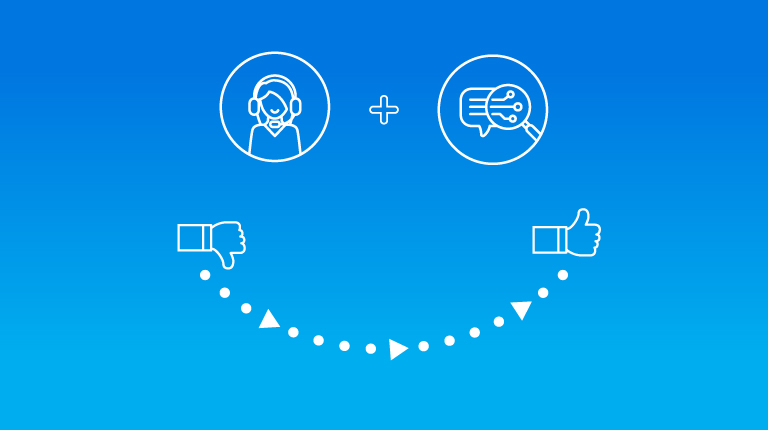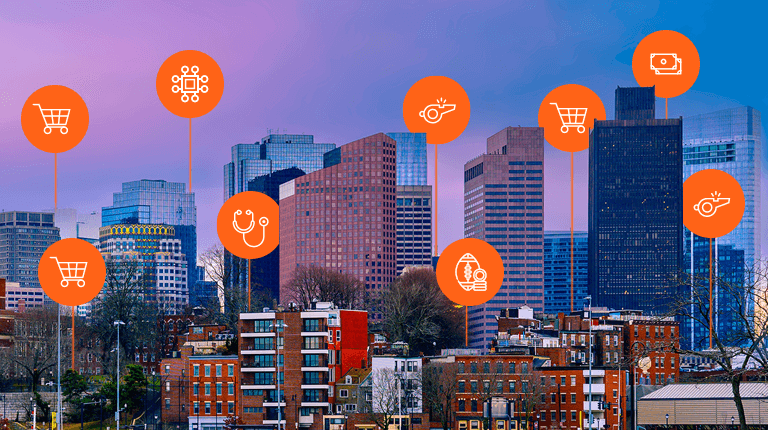By now, you’ve probably heard that customer experience is a big deal. In fact, Gartner predicts that by 2019, 50% of organizations will redirect their investments to customer experience innovations. It’s no question you should be looking to invest in it too, but customer experience can be a multifaceted and complicated journey and it’s challenging to know where to start.
That’s where the customer journey map comes in. This proven method allows companies to paint a clear picture of how their customers interact at every touchpoint of their business, and delivers actionable insights that can be used to transform customer experience as a whole.
Especially when it comes to implementing technologies that your customers interact with, customer journey mapping is a vital tool to ensure that the right technology is being used in the right way. After all, there is no point in investing money in something that you customers may not even want or like.
What is Customer Journey Mapping?
Customer Journey Mapping is a way to break down your customer’s interaction with your company– from the very start of the transaction to the very end– in order to understand how customers are perceiving your company at each step along the way. The customer journey map, also known as the user journey map or customer experience map, openly identifies the pain points that your customers are experiencing and opportunities that you have to create more consistency and an overall more positive customer experience. Below is a sample of what a customer journey map can look like:

Customer Journey Mapping can help you evaluate where you currently stand with your customer experience and where you should go.
- The two types of Customer Journey Maps and which you should use
- The best time for your company to complete a User Journey Map
- What information you can take away from Customer Journey Mapping
- A step-by-step process of how to create the Customer Experience Map
- What are personas are why they are essential to creating the map
- Who on your team should be involved
And when you’re ready to start the process, we’ve compiled some of our best practices below to help you out with the process:
- Set a Goal: Before you even get your team on board, it’s important to set a goal for what you are trying to achieve from your customer journey map. It could be anything from wanting to improve CSAT scores, to finding out which technology is best for your customer care.
- Do your Research: This step is key to creating a user journey map that actually drives the results that you want. Before getting started, be sure to gather as much data as possible about your customers. This will help ensure that when you create the map, it’s truly being created from your customer’s view without any bias.
- Know your Business: There may be parts of your business that you are overlooking, so be sure to interview your frontline staff and teams to work on the touchpoints to identify any issues of pain points that should be factored into the map.
- DIY: Do it yourself! Go through the customer experience map acting as your customer before you start with personas. That way, you can see if there are any elements missing.
- Measure it: Be sure to include KPIs or metrics at each step in the journey to help clarify performance gaps.
- Triage Customer Pain Points: Once you’ve completed the journey, decide which pain points are the most important to address. This will help you create a straightforward and actionable roadmap that produces transforming results




